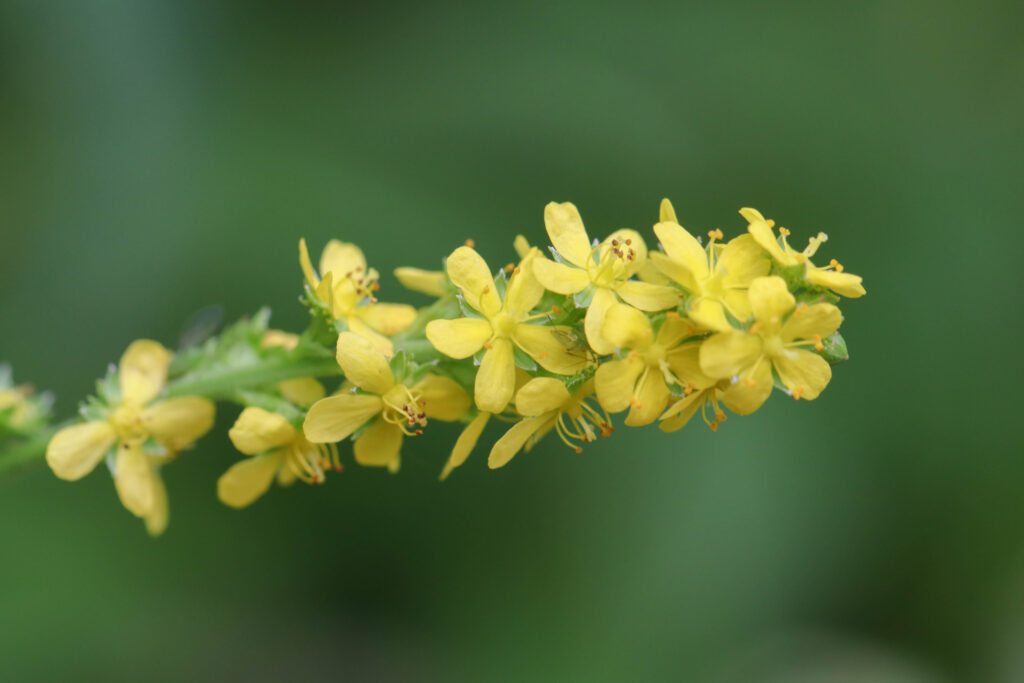History of Database and Plant Notes

History of the Herbal Database
This database began with a very simple goal, a place where I could look up health conditions and corresponding herbs while working with patients at the Ithaca Free Clinic. This was in October 2021, and it has since far outgrown my original intent. I decided to make it public soon after Steve Mandl offered to help me with the tech side. From that point on, it has ballooned out into what I hope is a helpful database for clinical herbalists and anyone interested in herbal medicine.

Note about the Plants
There are many plants in this database that I do not regularly use. One of the main reasons I made this database is to access it during patient consultations and incorporate plants that I use less frequently. Many of these plants will only have very basic information.
This database is not meant to be an exhaustive description of each plant. If you are interested in more in-depth information about a particular plant, there are some excellent (and some terrible) resources out there.
Some of the plants are listed by species, such as Agrimonia species. This is because there are a lot of species in a particular genus that are used medicinally. This does not imply that all the species in the genus can be used medicinally.
If an herb has many properties associated with it, it is likely due to it being widely researched, such as Berberis or Centella. Or it may also be a plant with a lot of cultural attention, such as Panax. Most plants have fewer health claims associated with them, but that does not necessarily limit their medicinal potential. And the opposite is true: just because a plant has many health claims associated with it does not mean that all its suggested uses are viable.
